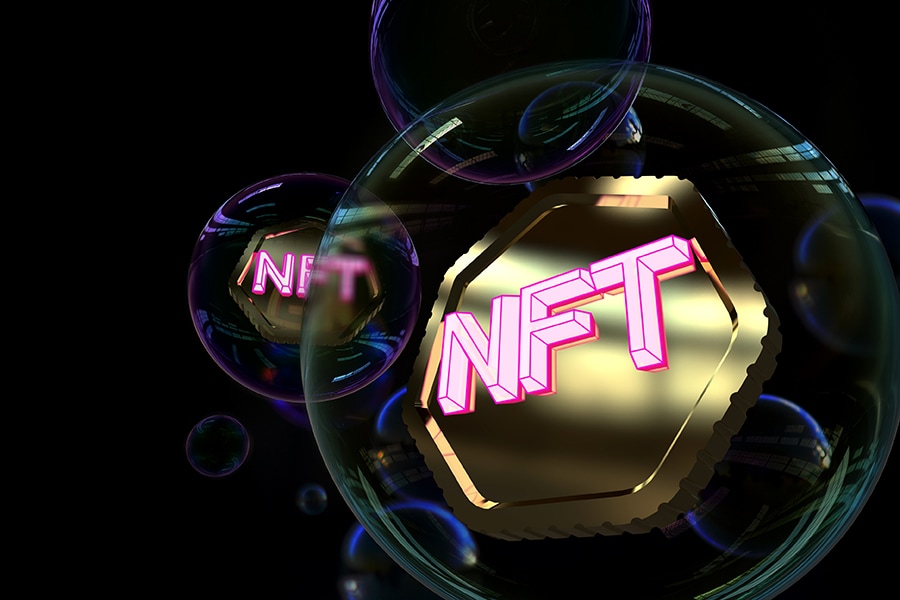
What's good about tech bubbles
Unlike the housing market bubble, technology bubbles aren't typically inflated by borrowed money that can cause cascading effects
 Shutterstock
Shutterstock
Let’s talk about what Britain’s bicycle bubble more than a century ago has in common with current crazes for nonfungible tokens, technology startups and electric vehicle companies.
We are more than 10 years into a technology gold rush that in some corners makes absolutely no sense. If and when the zaniness fades, people could lose a fortune. But collectively, tech manias do bring some good. As my colleague Erin Griffith said: “Bubbles, while messy, lead to progress.”
I spoke recently to William Quinn, a lecturer at Queen’s University Belfast and co-author of “Boom and Bust,” a history of financial bubbles including the 1929 stock market crash in the United States and the financial crisismore than a decade ago.
The book identified three root conditions present in bubbles: Borrowing money is cheap or people have a lot of money saved up. It gets simpler to buy and sell assets, like what’s happening now with stock trading apps including Robinhood. And there is a mentality that the prices of assets can only go up.
All of those conditions, as Griffith recently wrote in a hilarious and useful article, are present now. That is partly why we are seeing repeated spikes of “meme” stocks such as GameStop, hype about NFTs, and eye-popping IPOs including the one that left Airbnb’s CEO speechless.
©2019 New York Times News Service




